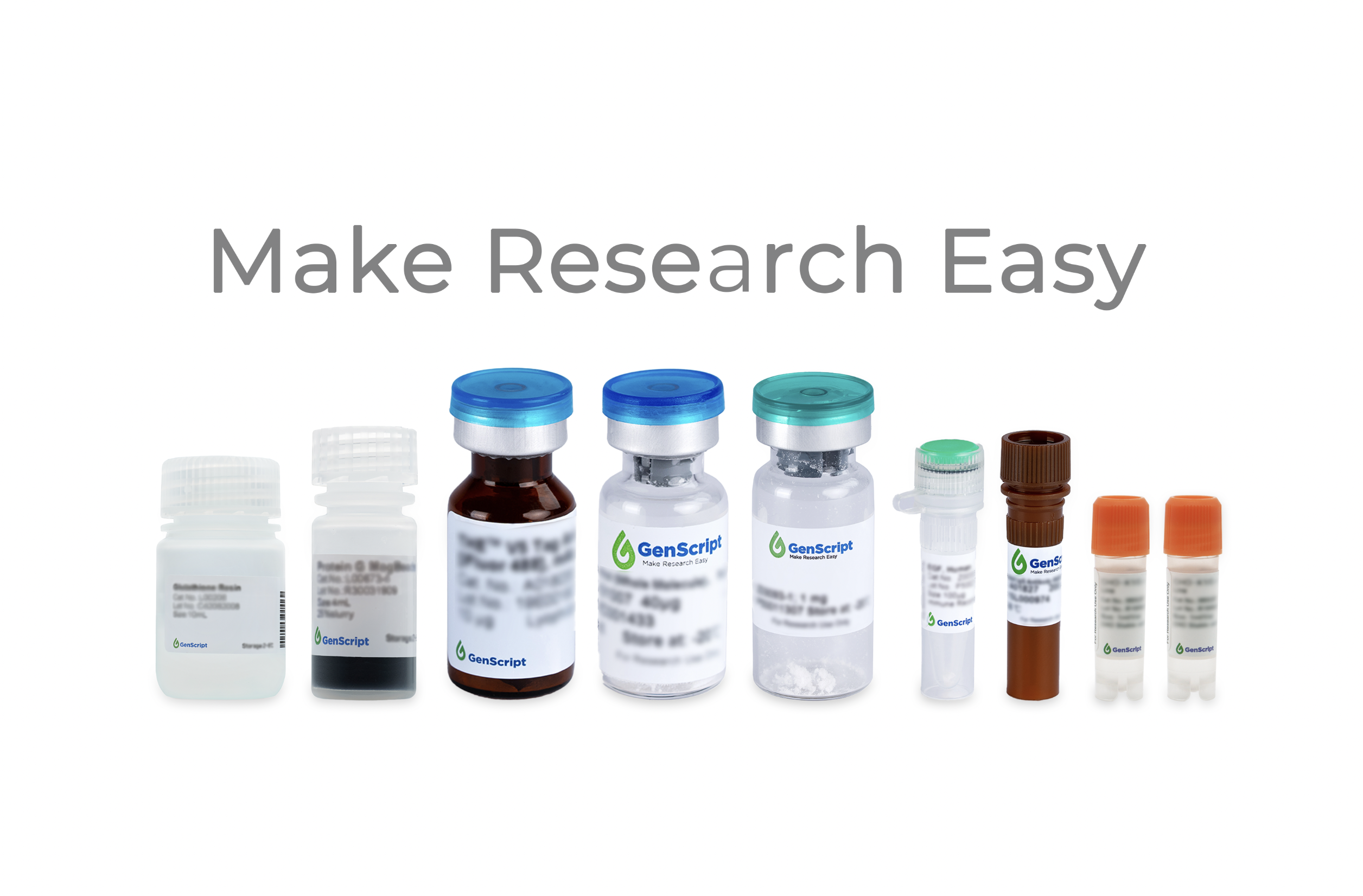4-1BB Ligand/TNFSF9 hFc Chimera, Cynomolgus
The 4-1BBL is the high affinity ligand of 4-1BB, also known as CD137L or TNFSF9. 4-1BB ligand (4-1BBL) is an inducible molecule present on several APC types, including B cells, macrophages and DCs.4-1BB:4-1BBL pathway seems to amplify the existing costimulatory signals, even if the engagement of 4-1BB in the presence of a strong TCR signaling can induce IL-2 production in a CD28-independent manner.
| ¥3500 | |
| Z04721-100 | |
|
|
|
|
|
|
|
|
|


































